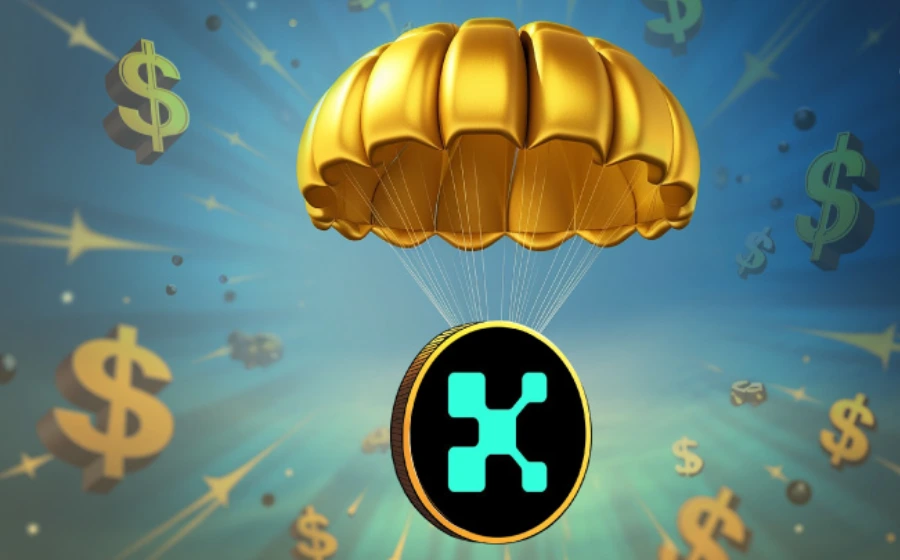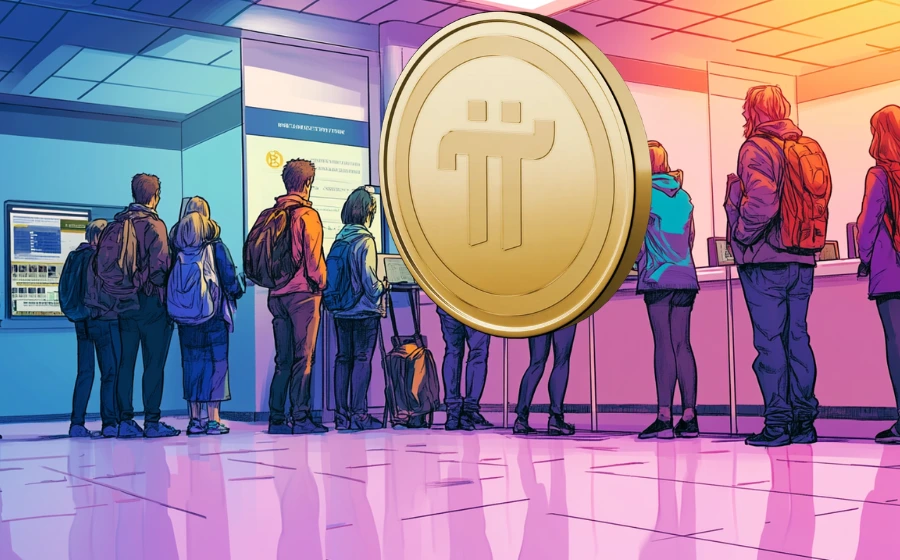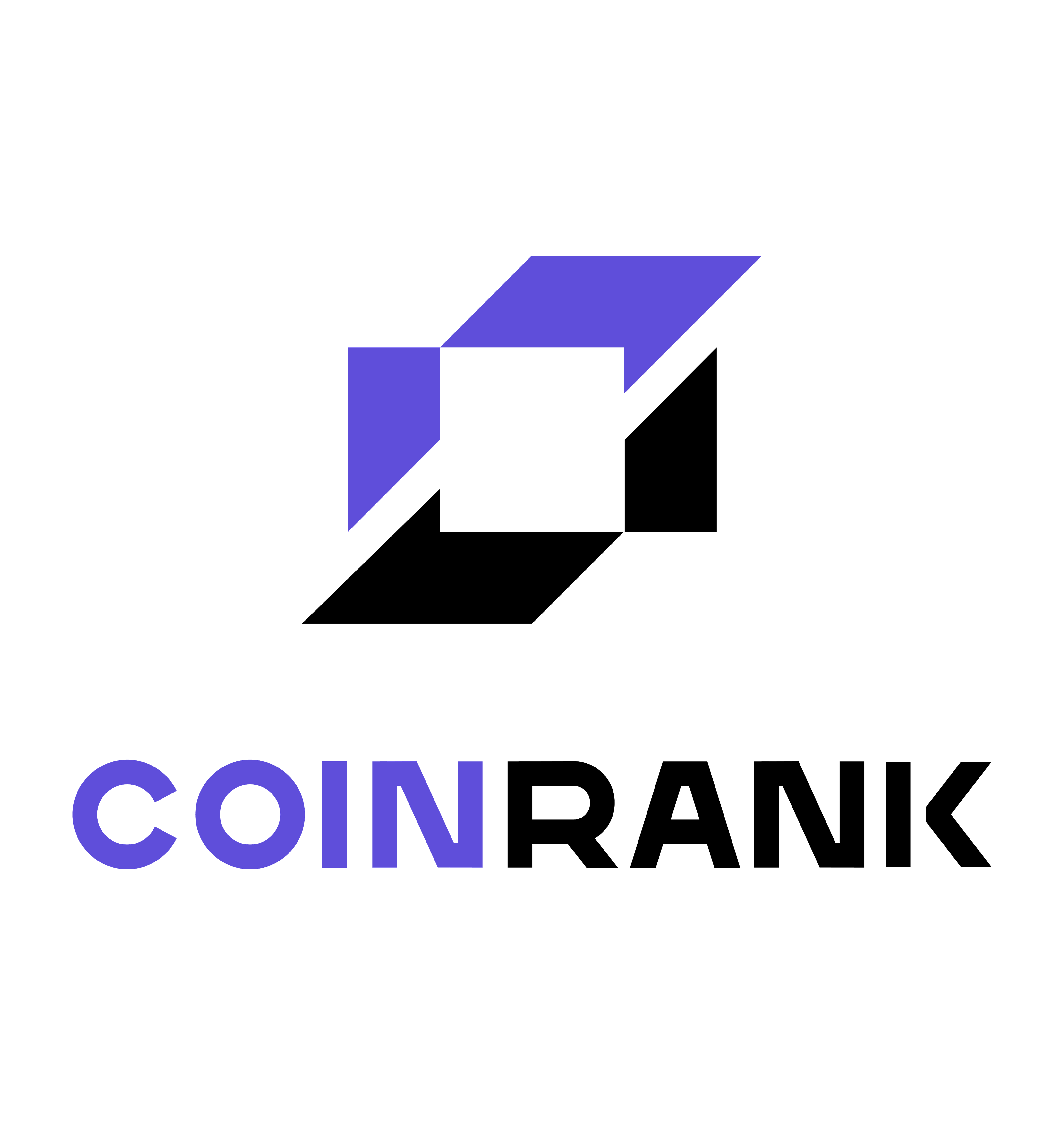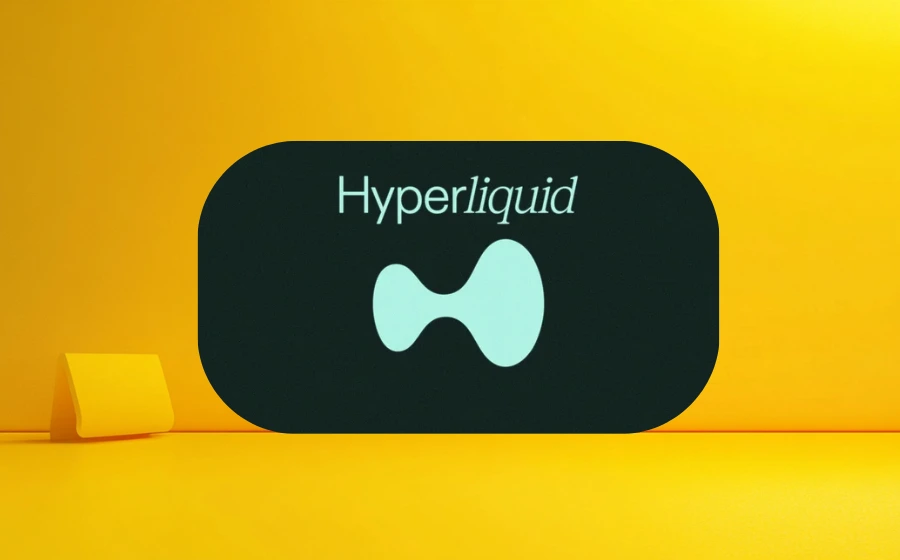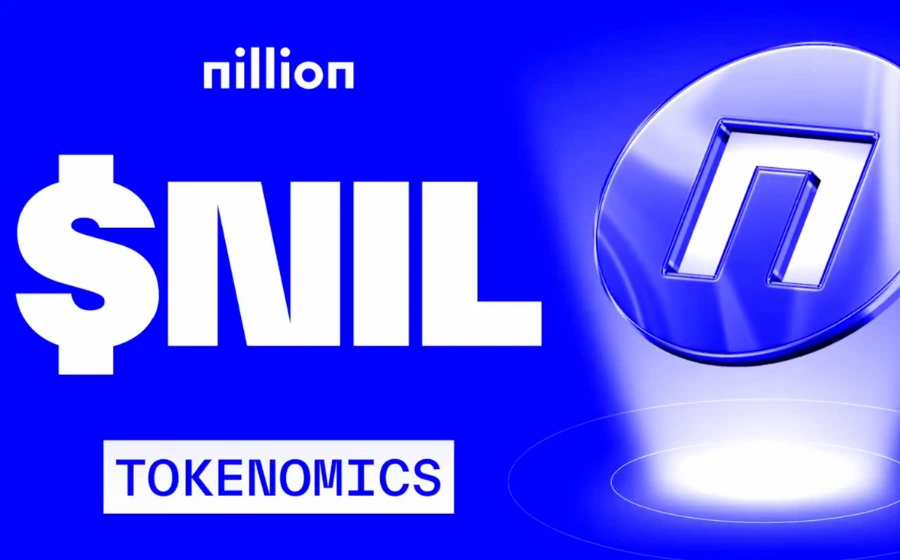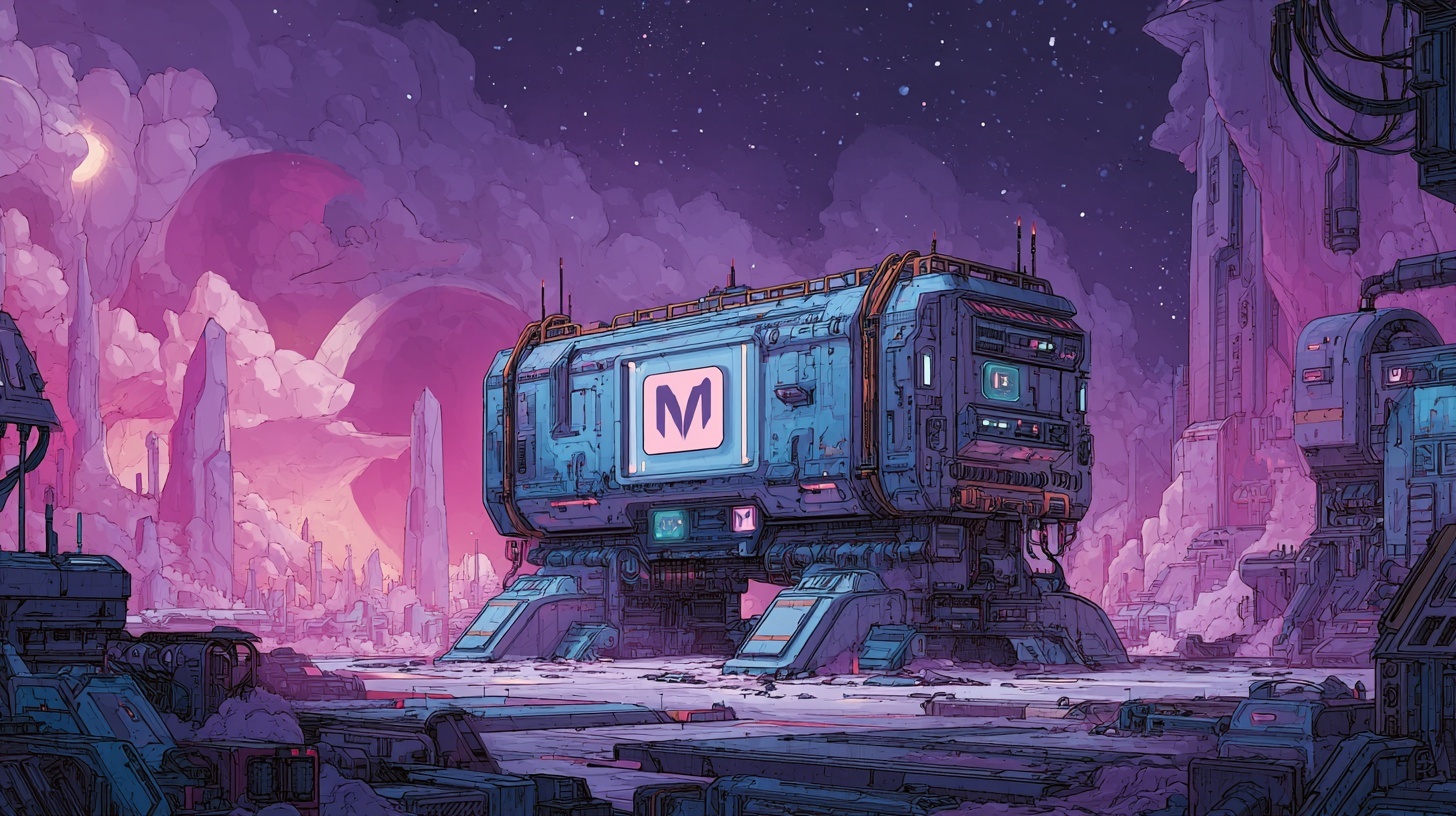
KEYTAKEAWAYS
- Monad introduces parallel execution to the EVM, enabling thousands of transactions to run simultaneously without breaking Ethereum compatibility.
- It arrives at a crucial moment, offering an alternative to Layer 2 fragmentation and Solana’s monolithic dominance in performance.
- By preserving Solidity support while improving speed and scalability, Monad positions itself as both developer-friendly and future-proof.

CONTENT
Monad’s parallel EVM mainnet launch is approaching fast, promising faster, scalable smart contract execution while maintaining Ethereum compatibility—ushering in a new era of decentralized computing.

THE COUNTDOWN TO MONAD MAINNET
The Ethereum Virtual Machine is about to receive its most significant performance upgrade yet—not from Ethereum itself, but from a new player: Monad.
With the launch of Monad’s parallelized EVM mainnet just around the corner, the race to scale smart contract execution has entered a new phase—one that may permanently reshape how we think about speed, scalability, and what’s possible on-chain.
BREAKING THE LIMITS OF SEQUENTIAL EXECUTION
For over a decade, smart contract platforms have largely followed a sequential execution model.
Every transaction, whether a simple token transfer or a complex DeFi interaction, must wait its turn. While this approach ensures determinism and avoids race conditions, it severely limits throughput.
Monad takes a radically different approach.
By introducing parallel execution at the EVM level without sacrificing compatibility, it brings multicore processing into Ethereum-like environments. This isn’t just an incremental improvement—it represents a fundamental shift. And it’s no longer theoretical. The countdown to Monad’s mainnet is well underway.
WHAT MAKES MONAD DIFFERENT?
Performance claims in crypto are often overblown, but Monad is backed by a technically rigorous architecture that enables parallelism without disrupting the familiar Ethereum development workflow. Unlike rollups or alternative VMs that require new tooling or developer retraining, Monad remains fully bytecode-compatible with existing EVM contracts.
Developers can deploy existing Solidity projects with minimal changes while enjoying significantly higher throughput and reduced latency.
Monad’s system tracks transaction dependencies and dynamically organizes them into independent execution threads. This allows thousands of transactions to be processed in parallel, without compromising determinism.
Although the technology is impressive, real-world tests will be the ultimate benchmark.
Monad has spent recent months refining its testnet, gathering developer feedback, and eliminating bottlenecks—preparing for a mainnet launch that could reset expectations.
WHY THE TIMING MATTERS
Timing is everything in crypto.
Monad’s mainnet launch arrives at a crucial moment: the Layer 2 ecosystem is flourishing but fragmented, Solana dominates the performance narrative, and Ethereum is progressing slowly with proto-danksharding and rollup-centric scaling.
This positions Monad uniquely. As a standalone Layer 1, it doesn’t rely on Ethereum for data availability or settlement, yet it remains fully compatible with the EVM.
In doing so, it directly challenges both rollups and high-performance monolithic chains—making it strategically distinct.
A NETWORK BUILT FOR DEGENS—AND BEYOND
It’s tempting to think Monad’s primary appeal lies with high-frequency traders or NFT flippers.
However, its potential impact reaches much further.
By removing the bottlenecks of sequential processing, Monad enables entirely new categories of decentralized applications.
Use cases like real-time games, tokenized social platforms, and advanced on-chain marketplaces could flourish on a parallel execution engine. For end-users, Monad promises faster confirmations, cheaper transactions, and smoother UX—elements critical for mainstream adoption.
Yet speed alone isn’t enough. Monad has invested heavily in developer tooling, infrastructure support, and community engagement. As a result, it’s launching not just a fast chain—but one designed for long-term ecosystem growth.
WHAT TO WATCH AS MAINNET APPROACHES
As launch day nears, attention is shifting from theory to execution. Several questions remain top of mind:
- Can Monad maintain high throughput under real-world conditions?
- Will parallel execution introduce unexpected edge cases?
- Can it attract developers and liquidity in a crowded field?
These are not trivial hurdles. However, if Monad can deliver on its promise, it has the potential to reshape the smart contract execution layer—from DeFi to gaming to beyond.
The broader L1 narrative is also at a crossroads. With increasing competition from Layer 2s, Solana, and emerging ecosystems like Fuel or Berachain, Monad enters a highly dynamic landscape. But great technology, timed right, with the right support—can tip the balance.
FINAL THOUGHTS: A CHAIN TO TAKE SERIOUSLY
High-performance Layer 1s have come and gone.
Monad stands out by offering something rare: meaningful speed gains without requiring developers to start from scratch.
It doesn’t reinvent the wheel—it simply makes it spin a lot faster.
As mainnet launch nears, it’s becoming clear: Monad is not just another EVM chain. It’s a new thesis—one that says scalability, performance, and Ethereum compatibility can coexist.
If that thesis proves correct, Monad may not only earn a seat at the table—it might redefine what the table looks like.
